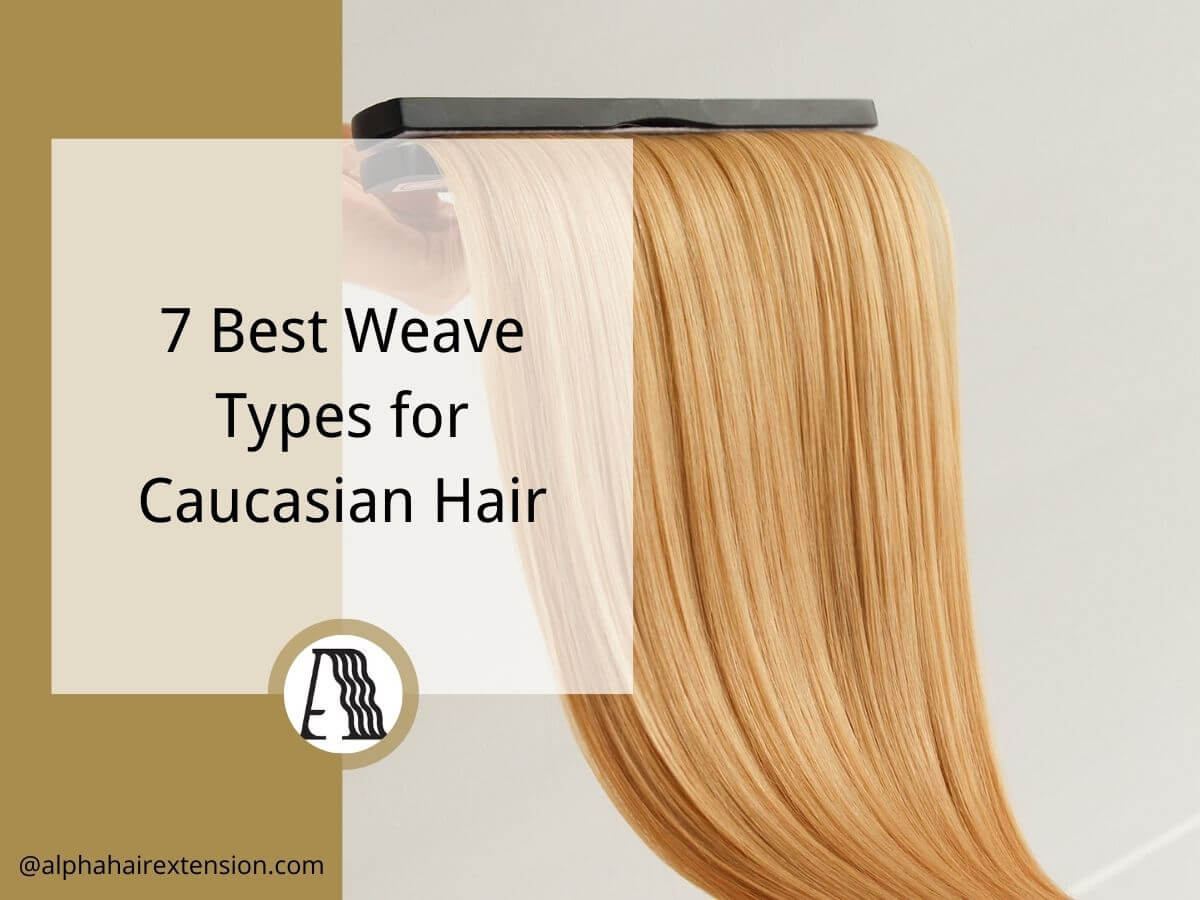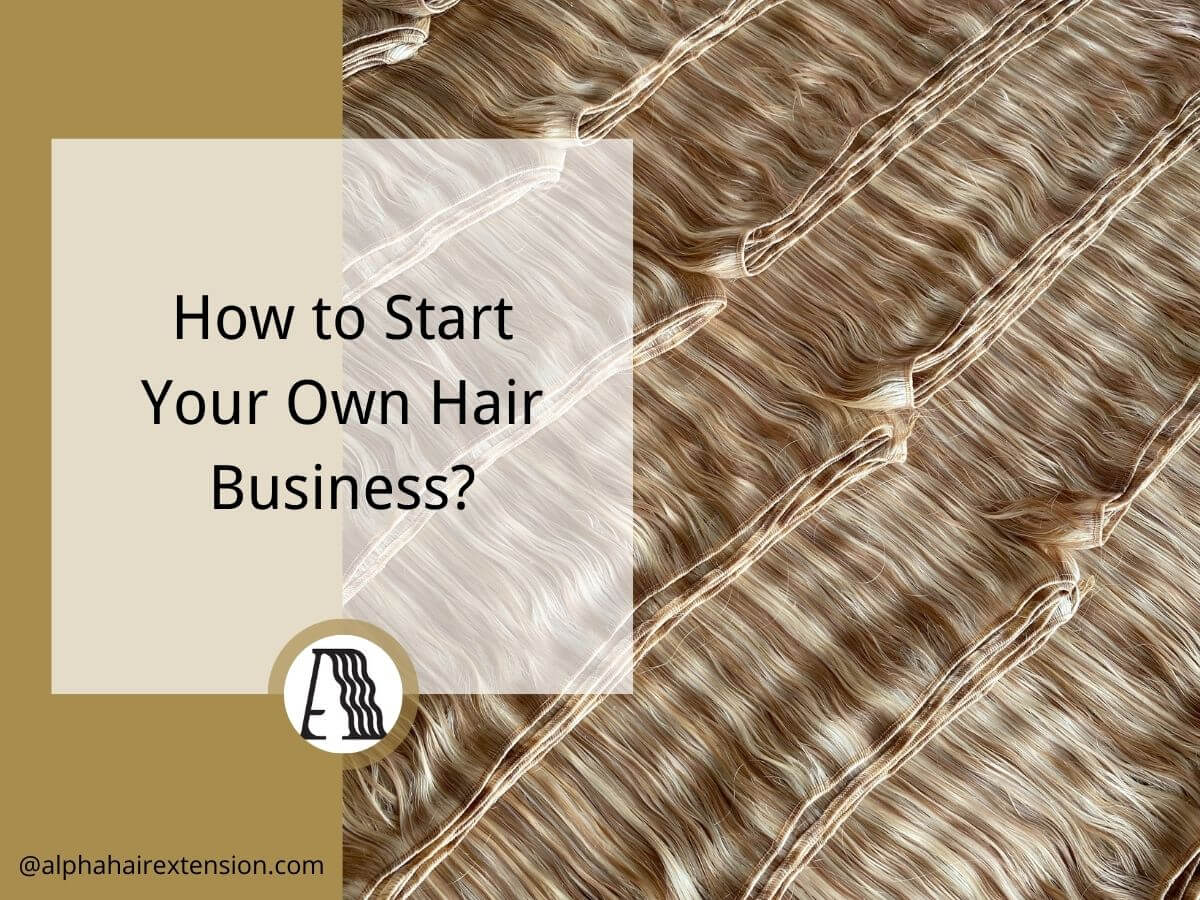A few years ago, I watched a friend struggle to launch her hair business. She wasted money on low-quality suppliers, didn’t have a solid plan, and ended up quitting. I realized then how many people make the same mistakes.
You don’t have to learn the hard way. If you’re thinking about starting a human hair business, you need a roadmap that actually works.
I’ve studied the industry, connected with top suppliers, and helped businesses avoid costly pitfalls. This guide is built on real experience, not guesswork.
You’ll discover how to find reliable suppliers, brand your business, and create a system that brings in consistent sales. This isn’t just theory—it’s a plan you can follow.
Let’s get started!
Step #1: Market Research and Planning
Before spending a dime, you need to understand the market. When I first looked into the human hair industry, I was shocked at how many options existed—Brazilian, Peruvian, Malaysian, Remy, non-Remy, synthetic blends—the list goes on. Each type of hair serves a different customer base, and knowing the difference is key to making the right business decisions.
Start by researching:
- Who is your target audience? (Salons, hairstylists, wig makers, or direct-to-consumer?) Identifying your ideal customers early will help you create marketing strategies that speak directly to them.
- What type of hair is in demand? Trends shift often, and staying updated on what’s popular ensures you stock products that sell.
- Who are your competitors, and what are they doing well? Learning from successful businesses helps you avoid common pitfalls and refine your own approach.
A simple way to start is by joining Facebook groups, following industry influencers, and reading customer reviews on competing brands. The goal here is to find gaps in the market where your business can fit in, allowing you to offer something unique and valuable.

Step #2: Create a Business Plan
I’ll be honest—I skipped this step initially, and it cost me big time. Having a solid business plan keeps you focused and prepared for the road ahead. Your plan should include:
- Business name and branding ideas. Choose a name that resonates with your target audience and sets the right tone for your brand.
- Target market and customer personas. Clearly define who your ideal customers are and what they’re looking for in a hair vendor.
- Pricing strategy (Will you sell budget, mid-range, or luxury hair?) Understanding your pricing structure helps you position yourself competitively in the market.
- Start-up costs and financial projections. Knowing how much money you need upfront ensures you don’t run out of funds before your business takes off.
- Marketing plan. How will you reach your customers? Social media, influencer collaborations, and paid ads all play a role in building your brand awareness.
Don’t overcomplicate it. Even a simple one-page business plan will help you stay on track and provide clarity on what you need to do next. If you ever seek funding, investors or lenders will want to see a well-thought-out plan.

Step #3: Legal Formalities
This part may not be exciting, but it’s crucial. You don’t want to build a business only to get shut down over legal issues. Here’s what you need:
- Register your business (LLC, sole proprietorship, or corporation). Choosing the right structure protects your personal assets and determines how you’ll be taxed.
- Get an EIN (Employer Identification Number) for tax purposes. This is like a social security number for your business, making it easier to handle financial transactions.
- Open a business bank account (Never mix personal and business finances!). Keeping business and personal finances separate helps with bookkeeping and tax filing.
- Obtain necessary licenses or permits (Varies by state/country). Some locations require a reseller’s permit if you plan to buy wholesale and sell retail.
It might sound overwhelming, but setting up your business legally will protect you in the long run and establish credibility with suppliers and customers.

Step #4: Find Reliable Suppliers
Finding a good supplier can make or break your business. I learned this the hard way when I placed my first bulk order and received hair that shed like crazy.
When choosing a supplier:
- Request samples before making large orders. It’s worth spending a little upfront to test quality before committing to a big purchase.
- Check supplier reviews and ratings. Look for real customer feedback on product quality, delivery time, and reliability.
- Ask for videos or live calls to inspect the hair quality. A reputable supplier should be willing to show their products in real time.
- Understand their shipping times and return policies. Slow shipping or a no-return policy can hurt your business if customers are unhappy.
You can source hair from countries like India, China, or Vietnam. Just ensure you’re getting genuine human hair and not mixed fibers labeled as “Remy.” Build strong relationships with suppliers, as they play a huge role in your success.

Step #5: Develop Your Brand
Branding is more than just a logo—it’s how people perceive your business. When I rebranded my hair business, I saw an immediate increase in trust and sales.
- Choose a memorable business name that reflects your brand’s values and target market.
- Create a professional logo and packaging to establish credibility and make your products stand out.
- Develop a brand voice (Are you luxury, budget-friendly, or eco-conscious?). Your tone and messaging should be consistent across all platforms.
- Build an engaging website and social media presence to attract and retain customers. People buy from brands they connect with, so engage with them through storytelling and valuable content.
Customers buy from brands they trust, so make your brand stand out with high-quality visuals, a clear message, and a unique selling proposition.

Step #6: Set Up Sales Channels
Your sales channels determine how customers buy from you. You can sell through:
- An e-commerce website (Shopify, WooCommerce, Wix). A well-designed website builds credibility and allows you to control your branding.
- Social media (Instagram, TikTok, Facebook). These platforms are great for organic and paid marketing, helping you connect directly with customers.
- Marketplaces like Amazon, Etsy, or Alibaba. Selling on established platforms can give you immediate exposure to a large audience.
- Wholesale partnerships with salons and hairstylists. Partnering with beauty professionals helps you move products faster and gain repeat customers.
I started by selling hair on Instagram before launching my own website. This helped me test my market without investing too much upfront. Experiment with different channels and find what works best for your business.

Step #7: Manage Operations
Running a hair business isn’t just about making sales—it’s about keeping customers happy. Efficient operations keep your business running smoothly.
- Inventory Management: Track your stock to avoid running out of popular styles. Consider using software to keep everything organized.
- Customer Service: Fast responses to inquiries build trust and loyalty. Treat every customer like they’re your VIP.
- Order Fulfillment: Decide if you’ll ship orders yourself or use a fulfillment center. Fast and reliable shipping keeps customers coming back.
Using automation tools like email responders and chatbots can help streamline your operations as you grow, allowing you to focus on scaling.

Step #8: Monitor and Scale Your Business
Once your business is up and running, it’s time to scale. I learned early on that reinvesting profits is key to long-term success.
- Track your metrics (Sales, profit margins, customer retention rates) to measure performance.
- Run paid ads (Instagram and Facebook ads work great for hair businesses) to expand your reach.
- Expand your product line (Wigs, closures, frontals, hair care products) to attract more customers.
- Build a loyal customer base through email marketing, exclusive deals, and exceptional service.
Scaling a business isn’t about working harder; it’s about working smarter. By optimizing your strategies, you can turn your small business into a thriving brand.
Conclusion
Starting a human hair business isn’t easy, but it’s worth it. I’ve seen firsthand how the right approach can turn a simple idea into a profitable, thriving brand.
The journey may not be always smooth, but every mistake can teach us valuable lessons.
Now, I share these insights so you can build your business without the same struggles.
If you’re ready to take the next step, Alpha Hair Extension is here to support you.
Contact us today and let’s build your dream hair business together!
Explore More Helpful Resources
If you’re looking for more insights, we’ve put together a list of helpful articles that you might enjoy:
Still haven’t found what you’re looking for? Don’t hesitate to contact us. We’re available around the clock to assist you.







